Dong Ngan Battlefield Historical Site Project.
Located 2 - 4km from the coast, about 40km from the Da But cultural site (Vinh Loc), the Hoa Loc cultural site is the name of the archaeological site located in Hoa Loc commune. This site is distributed on a coastal sandbank, formed after the last sea level rise, dating back about 4 thousand years ago.
Since its discovery, many excavations have been carried out at locations such as: the island behind Hoa Loc market, Nghe island (Hoa Loc), Bai Cu (Phu Loc)..., collecting many valuable artifacts, mainly stone and ceramic objects. In 2017, Thanh Hoa Provincial Museum coordinated with the Vietnam Institute of Archaeology and Associate Professor, Dr. Judith Cameron - Australian National University to organize an excavation survey at Hoa Loc site, obtaining a number of important results. During this excavation, the research team discovered many types of artifacts like previous excavations, including ceramics and stone objects (groups of production tools, jewelry, groups of tools involved in the process of making and processing tools). In particular, the group of ceramic artifacts is an important type of relic of the Hoa Loc site with unique characteristics in terms of type and decorative patterns. These artifacts partly reflect the level of thinking, awareness, aesthetics, and living of the settled residents who farmed, hunted, fished, and gathered along the coast, entering the Metal Age.
The artifacts collected at the Hoa Loc cultural site are both abundant in quantity and diverse in type, including: axes, adzes, stone hoes, stone spears, grinding tables... In particular, the number of stone hoes found here is "more than all the previously known sites in Vietnam". The raw materials used to make stone tools here are mainly sedimentary rocks, a few are river pebbles. The stone tool making technique reached a level of proficiency and perfection with the techniques of chiseling, grinding, and polishing. The evidence is that they used many stone axes and adzes with very smooth and square shoulders, the shoulders were often horizontal (a difference from the shouldered axes of the Bau Tro culture). There are also quite beautiful stone and terracotta jewelry such as stone bracelets, terracotta bracelets and earrings, stone bracelets with triangular cross-sections...
The art of pottery making of the Hoa Loc culture is remarkable, unique in both shape and decorative patterns. In addition to the usual jars and pots, Hoa Loc potters also created vases with broken shoulders, inward-folding mouths, or more uniquely, with multi-petaled mouths. These are styles rarely seen in other cultures.
In the system of collected artifacts, the remarkable point is the appearance of many terracotta seals with various shapes of square, round, oval. The terracotta seals with many types of patterns engraved on the surface of the seal suggest a certain script, a certain belief of coastal residents in the custom of imprinting on skin, on fabric, even on paper, about the ownership of seals by the community, by administrative organizations or by an ancient religious sect. This shows that the owners of Hoa Loc culture had a rich and complex spiritual life.
Although there are many different opinions about the origin and exact date, in general, researchers and archaeologists agree that: Hoa Loc culture appeared about 4,000 years ago. Hoa Loc culture is located on the same level and has cultural exchange relationships with other early Bronze Age cultures in the Central and Northern regions of Vietnam, such as Phung Nguyen culture, Ha Long culture and the Con Chan Tien and Ma Dong cultural relics. “If Phung Nguyen culture is the beginning of the ancient Vietnamese civilization in the Red River region, then Hoa Loc culture can be seen as joining the Con Chan Tien relic group to contribute to the formation of that civilization in the Ma River region. The role of Hoa Loc culture is indispensable to Dong Son civilization, at least in the Ma River basin. The maritime cultural elements of Hoa Loc culture are the traditional vitality of Dong Son culture later. Hoa Loc culture is one of the first factors contributing to the formation of the Cuu Chan set during the Hung Kings' time.”
The Ly Dynasty's main gate and the temple of the Ly Dynasty's Queen Mother
In the spiritual and cultural life of the people of Hoa Loc commune, the Ly Dynasty's gate and the Ly Dynasty Queen Mother Temple are places for religious activities and to express respect to ancestors. Vietnamese history records many heroic women, among which Ly Dynasty Queen Mother Y Lan - concubine of Emperor Ly Thanh Tong, biological mother of Emperor Ly Nhan Tong is an extremely special woman.
The newly completed Hoa Loc Women's Militia Platoon Monument (Hau Loc) is a red address for educating revolutionary traditions for the young generation and the People.
Historical records show that the Ly Dynasty's Queen Mother had twice taken over the regency, both in dire circumstances of the country. In the year of Ky Dau (1069), the Champa invaders invaded our country's borders, King Ly Thanh Tong directly led troops to fight the invaders, the Crown Prince was still young, the King entrusted the Imperial Concubine Y Lan to look after and manage the court. In the year of Nham Ty (1072), King Ly Thanh Tong became seriously ill and passed away, Crown Prince Can Duc ascended the throne, changing the reign name to Thai Ninh year 1 (1072). At that time, the King was only 7 years old, he honored his biological mother, Imperial Concubine Y Lan, as Imperial Concubine, honored his biological mother, Imperial Concubine Thuong Duong, as Imperial Queen Mother, and allowed her to take over the regency and listen to the government. Grand Tutor Ly Dao Thanh helped with the work of the court. In 1073, Imperial Concubine Duong died, Imperial Concubine Y Lan was officially honored as Imperial Queen Mother. During her regency, the Ly Dynasty's Queen Mother implemented many pro-people policies, paid attention to the poor, encouraged agriculture , and distributed money from the royal treasury to redeem poor girls who had to be sold or married to widowers...
From a village girl from Sui village (formerly Gia Lam district, Thuan An prefecture, Bac Ninh province, now Hanoi city) standing picking mulberries by the temple, seeing that the king's procession had nothing to do with her, the Ly Dynasty Queen Mother gradually rose to the "high throne" in the Ly Dynasty's harem, praised by later generations as "Ly Dai Mau Nghi" with complete talent and virtue, and many contributions to the country and the people. Respecting and admiring her talent and virtue, many localities across the country built temples to worship her. The Ly Dynasty's Nghinh Mon and the Ly Dynasty Queen Mother Temple are among those spiritual works.
The Ly Dynasty's gate and the Ly Dynasty Queen Mother Temple are part of the Hoa Loc historical and cultural relic complex, which was ranked at the provincial level according to Decision No. 54 dated October 8, 1991 by the Department of Culture and Information of Thanh Hoa (now the Department of Culture, Sports and Tourism). The entire cultural and spiritual architecture was built on an area of hundreds of square meters, including the following items: gate, fence, gate, main temple, ceremonial house, guest house and some other adjacent items.
The main gate is designed in the style of a two-story gate. The main entrance is built with an arch, and two small side entrances on both sides. Passing through the main gate is the main temple area. It is known that the temple was completely destroyed in the past. Later, to show deep gratitude to the ancestors, the temple was gradually restored, renovated, and embellished to its present appearance.
At the temple, on full moon days, first days of the month (lunar calendar) and major holidays of the year such as: ky phuc, ky yen, ky than, local people and people from neighboring areas gather here to offer incense to show their respect and deep gratitude to the virtuous and talented mother, praying for good things, luck, peace and prosperity in life.
Not only the archaeological site, the Ly Dynasty's gate and the Ly Dynasty Queen Mother Temple, Hoa Loc also has many typical historical, cultural and revolutionary sites and relics such as: Yen Trung Temple, Dong Ngan Battlefield Historical Site and Hoa Loc Women's Militia Platoon Monument... still whispering to tell the beautiful story of the land and people here.
*The article uses materials in the book “Geography of Hau Loc” (Social Sciences Publishing House); PhD thesis “Hoa Loc culture and its position in the bronze age of North Vietnam” by Pham Van Dau.
Article and photos: Thanh Huong
Source: https://baothanhhoa.vn/nhung-via-tang-nbsp-lich-su-van-hoa-hoa-loc-252542.htm



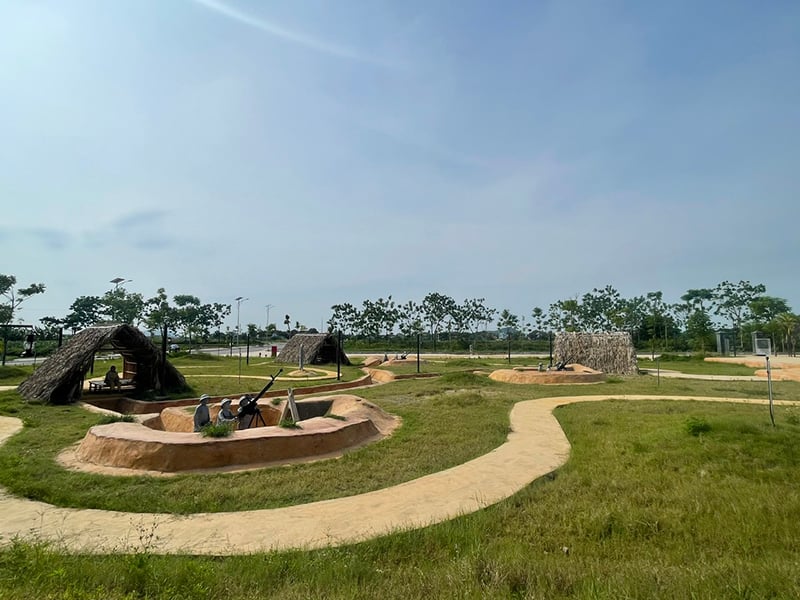
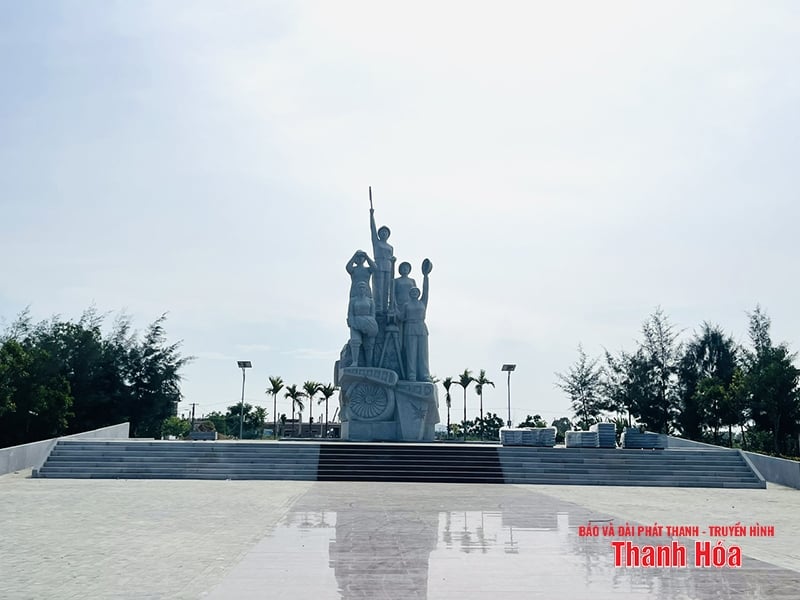
![[Photo] Hanoi: Authorities work hard to overcome the effects of heavy rain](https://vphoto.vietnam.vn/thumb/1200x675/vietnam/resource/IMAGE/2025/8/26/380f98ee36a34e62a9b7894b020112a8)

![[Photo] Multi-colored cultural space at the Exhibition "80 years of the journey of Independence - Freedom - Happiness"](https://vphoto.vietnam.vn/thumb/1200x675/vietnam/resource/IMAGE/2025/8/26/fe69de34803e4ac1bf88ce49813d95d8)

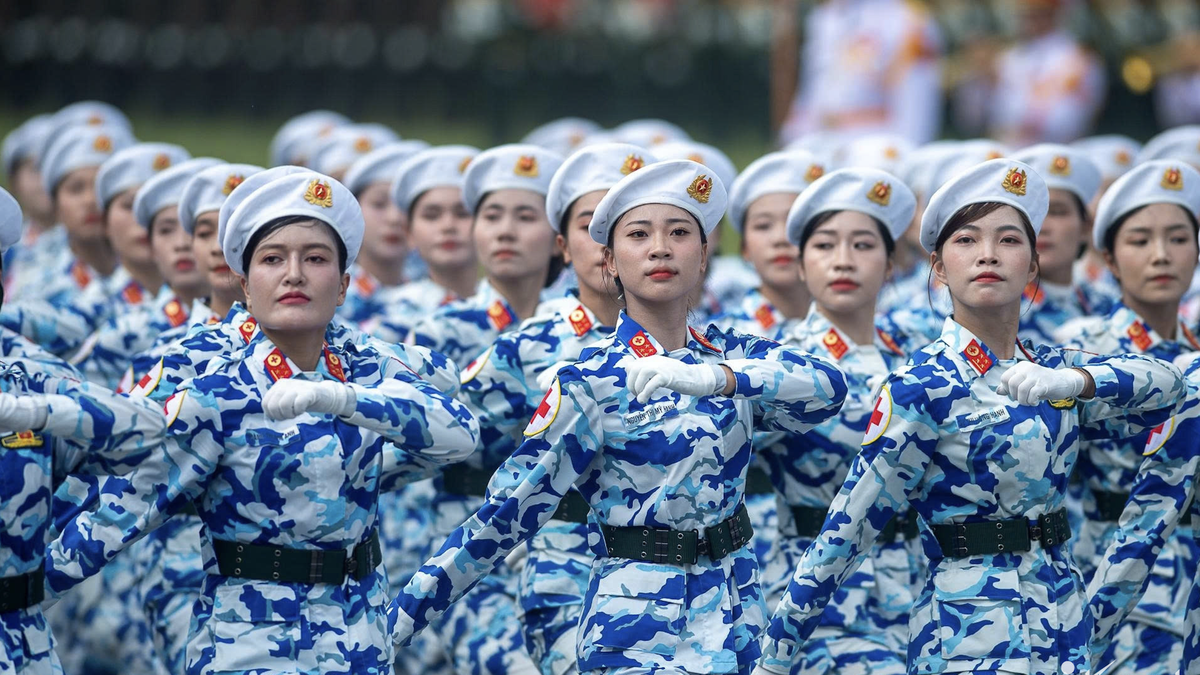




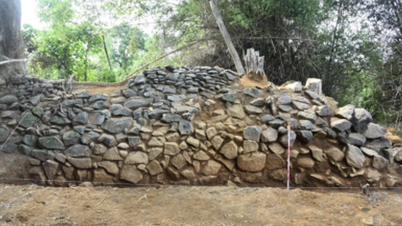

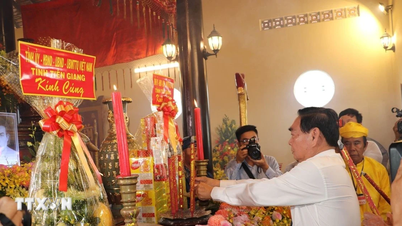

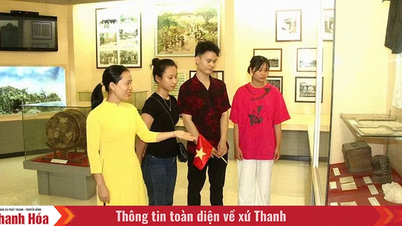
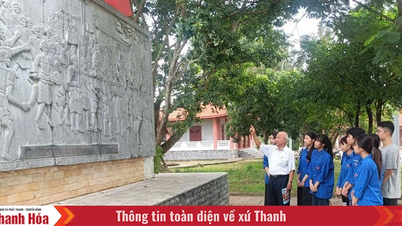











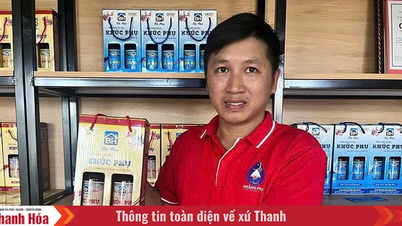

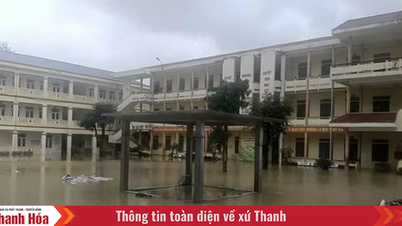
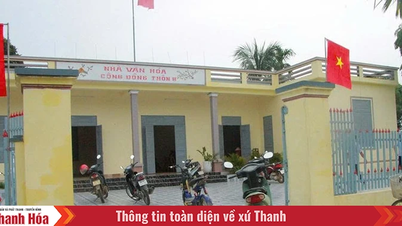




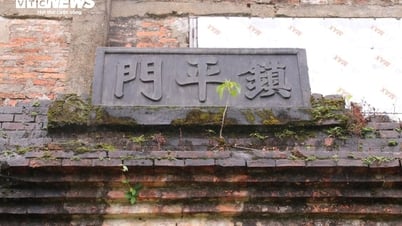

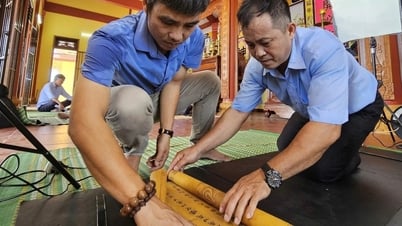

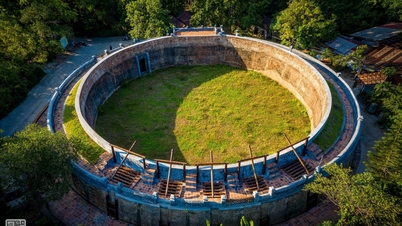



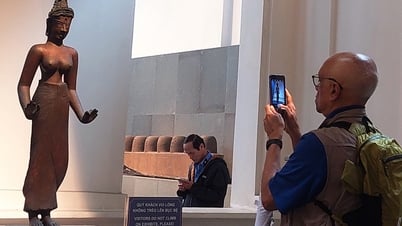
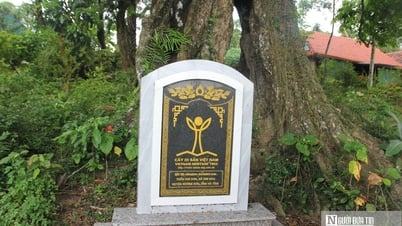







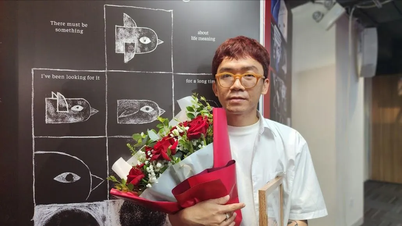



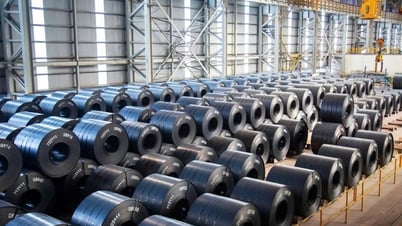









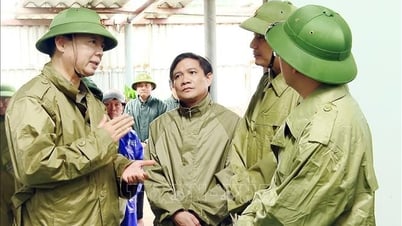








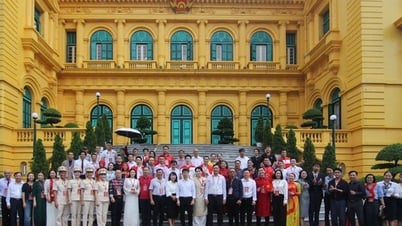










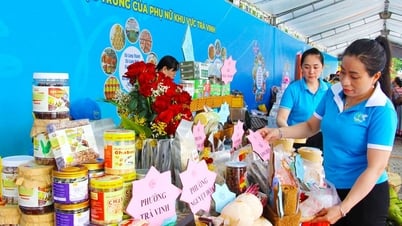




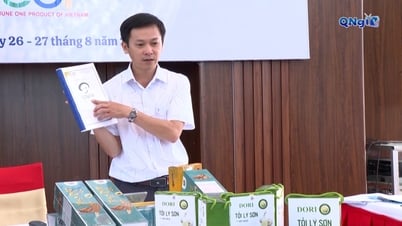



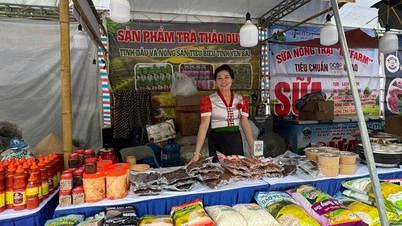


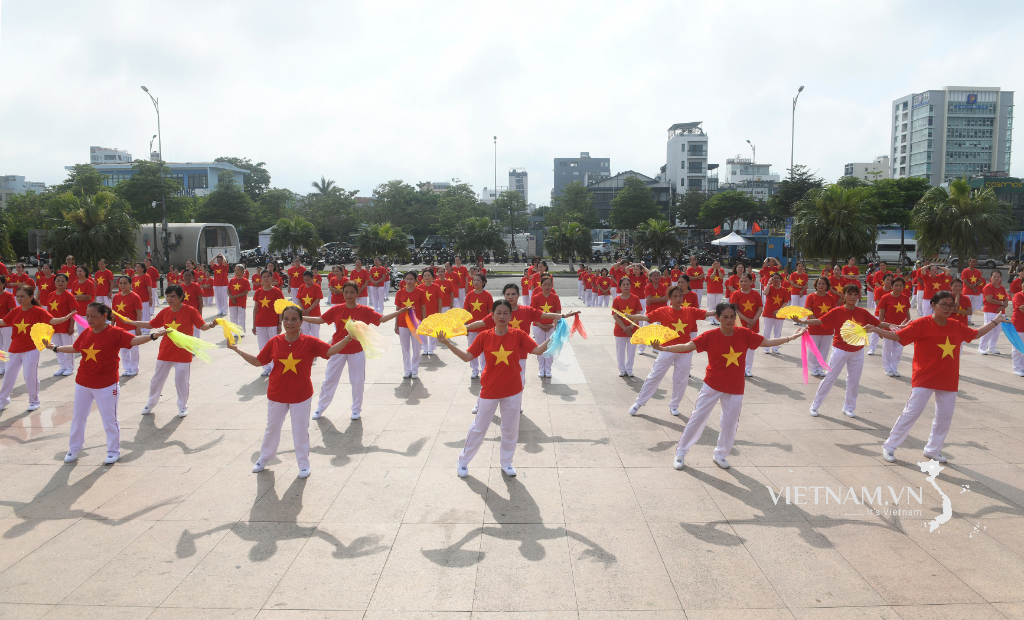

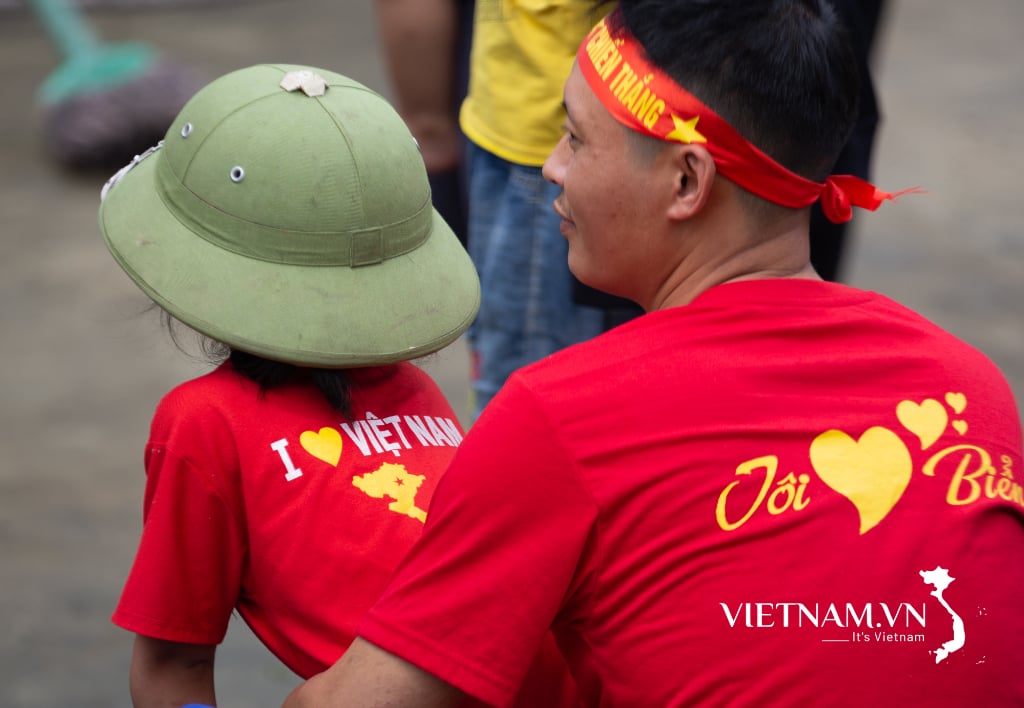

Comment (0)